35 interesting facts about Turkey
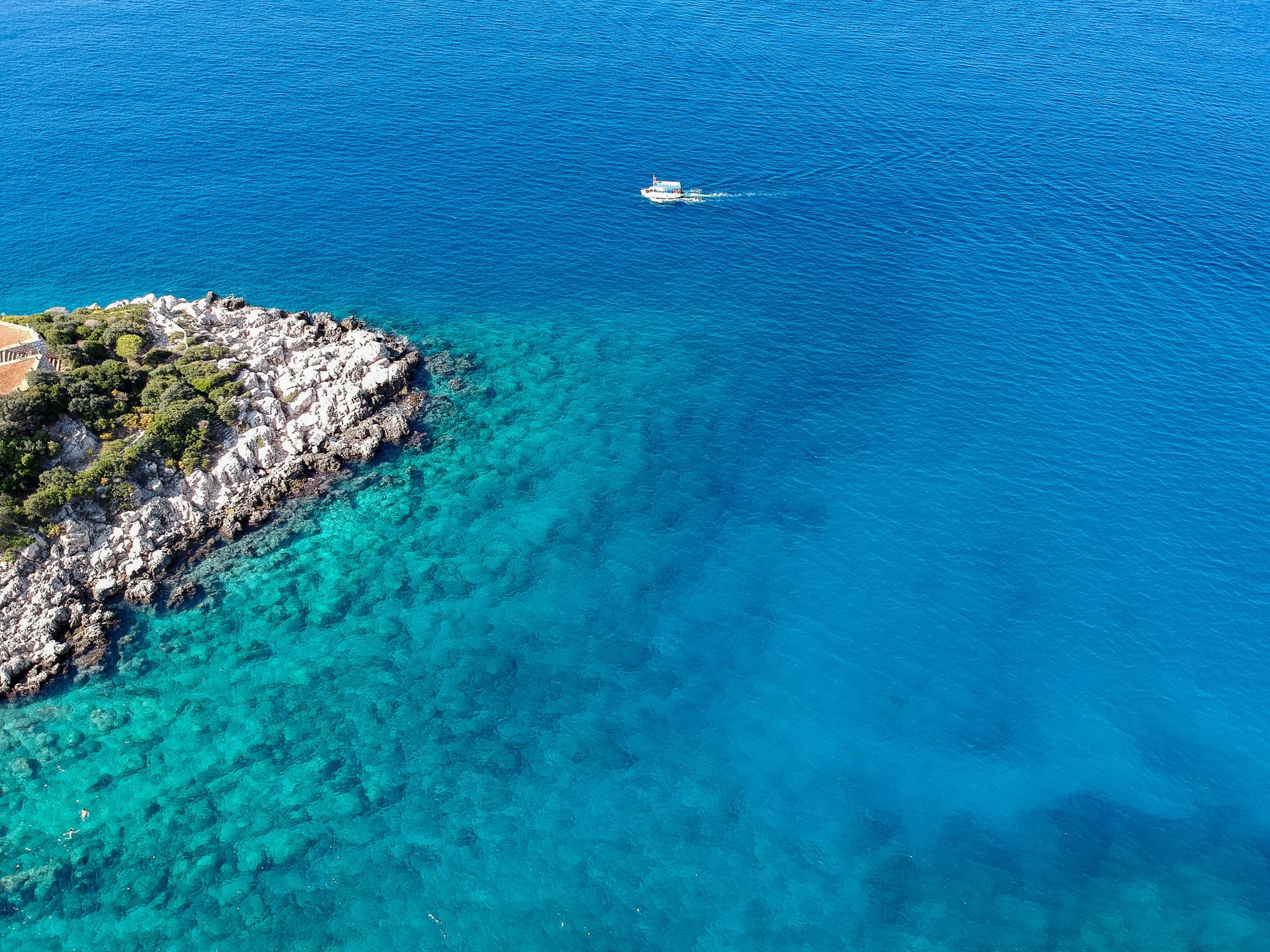
Turkey is not just a popular beach destination. This country has an ancient history and can surprise any tourist.
1. About 95% of Turkey's territory is in Asia and 5% in Europe. The border runs right through the city of Istanbul and this is the Bosphorus.
2. The original name of Istanbul is Byzantium. This word is of Greek origin - from the name "visa". According to legend, it was a man with this name who founded the city. In 324, Byzantium was renamed "Constantinople" and in 1930 - Istanbul.
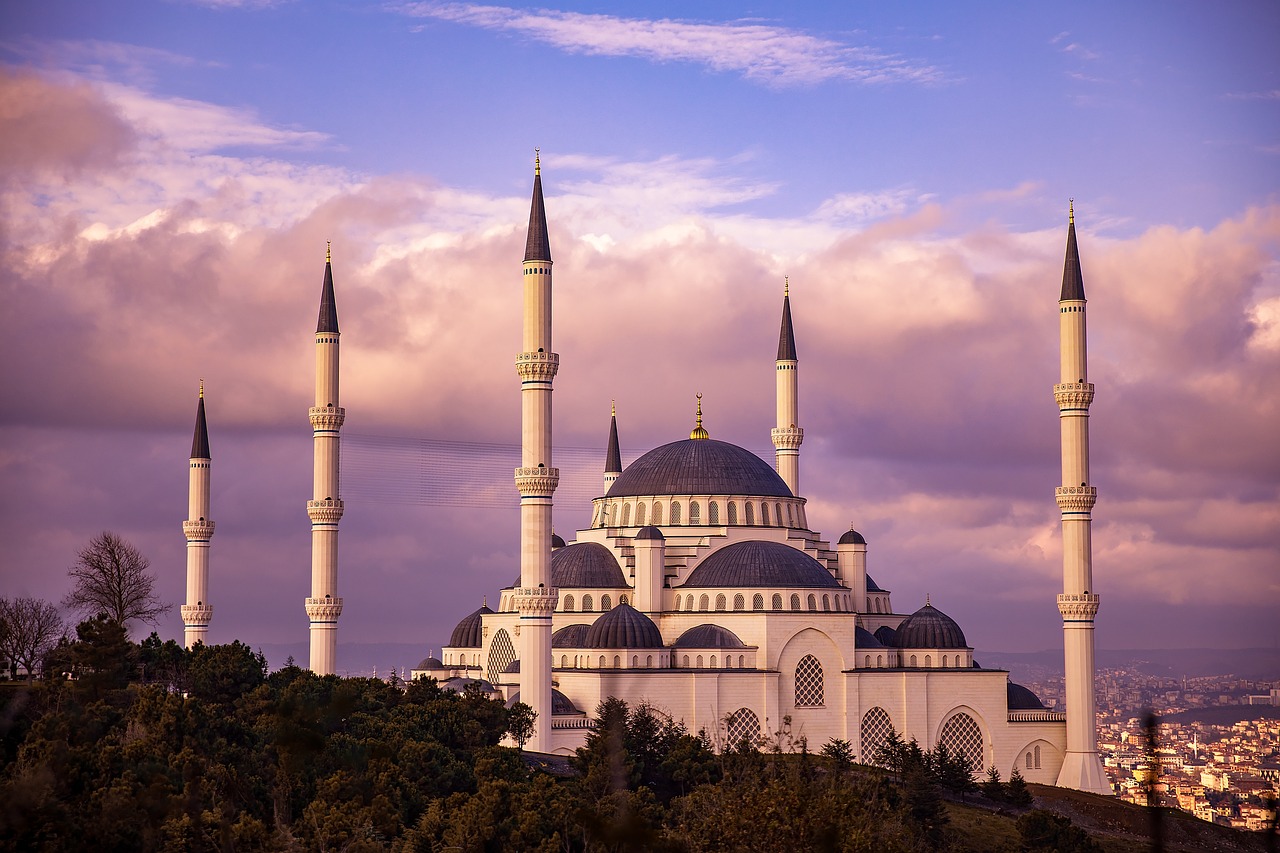
3. Santa Claus was born in Turkey. In ancient times, Nicholas, the Greek Bishop of Myra, lived in the Turkish city of Patara. After the death of his parents, he received a large inheritance which he distributed to the poor and needy. Legend has it that he threw sacks of gold coins into the chimneys of houses and brought fruit to children. People called him a saint. News of his good deeds spread throughout Europe and laid the foundation for the legend of Santa Claus. The name Santa Claus comes from the Dutch "Sinter Klaas", a shortened version of "Sint Nikolaas", which means "Saint Nicholas".
4. Turks love tea just as much as the British. Around 96% of the population drink at least one cup of tea a day. Turkish tea is strong and is served not in cups but in small tulip-shaped glass cups.
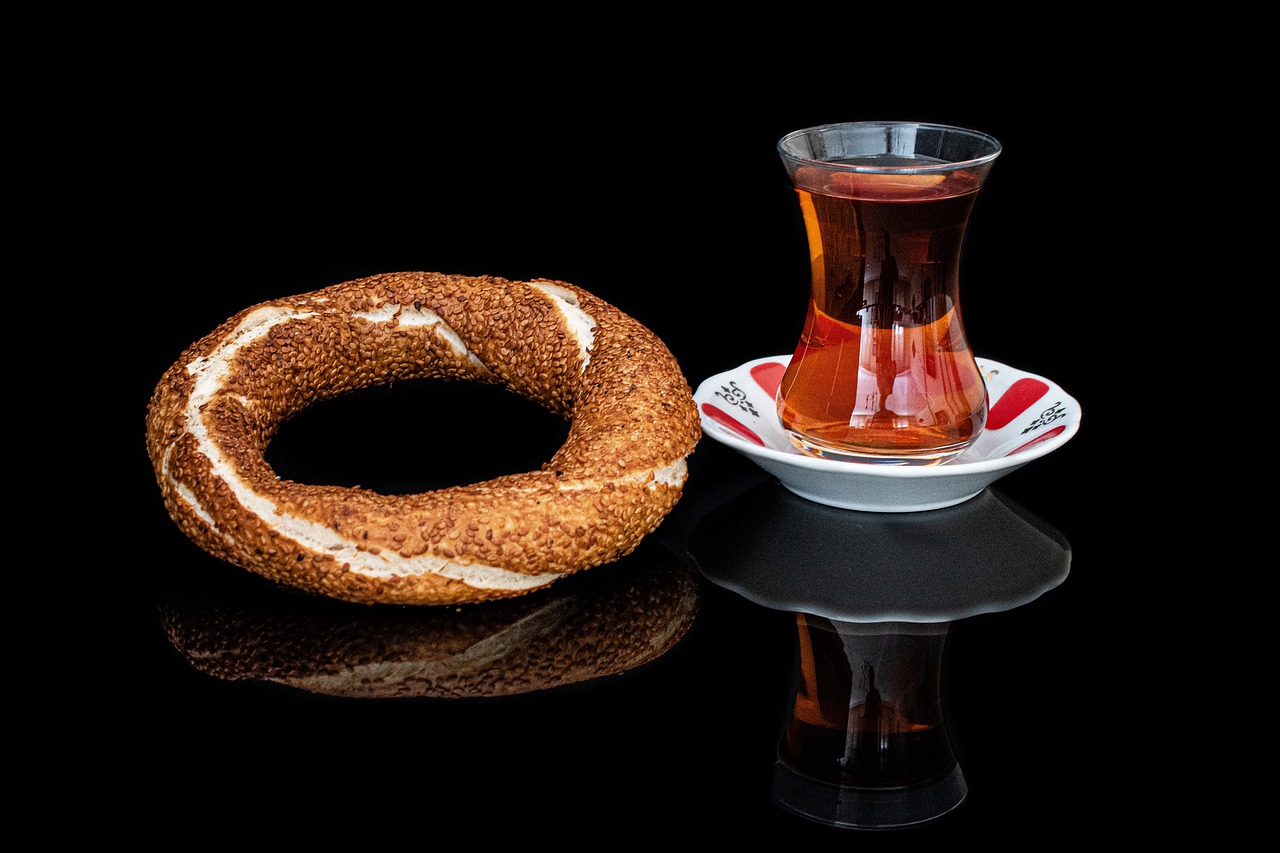
5. Turkey has the youngest population in the European Union. The average age in Turkey is 31 and only 9% of the population is over 60.
6. Like Rome, Istanbul is built on seven hills. But this was no coincidence: in the Byzantine Empire, the capital was built specifically to be called the New Rome. All seven hills have historical significance, with impressive mosques and magnificent palaces.
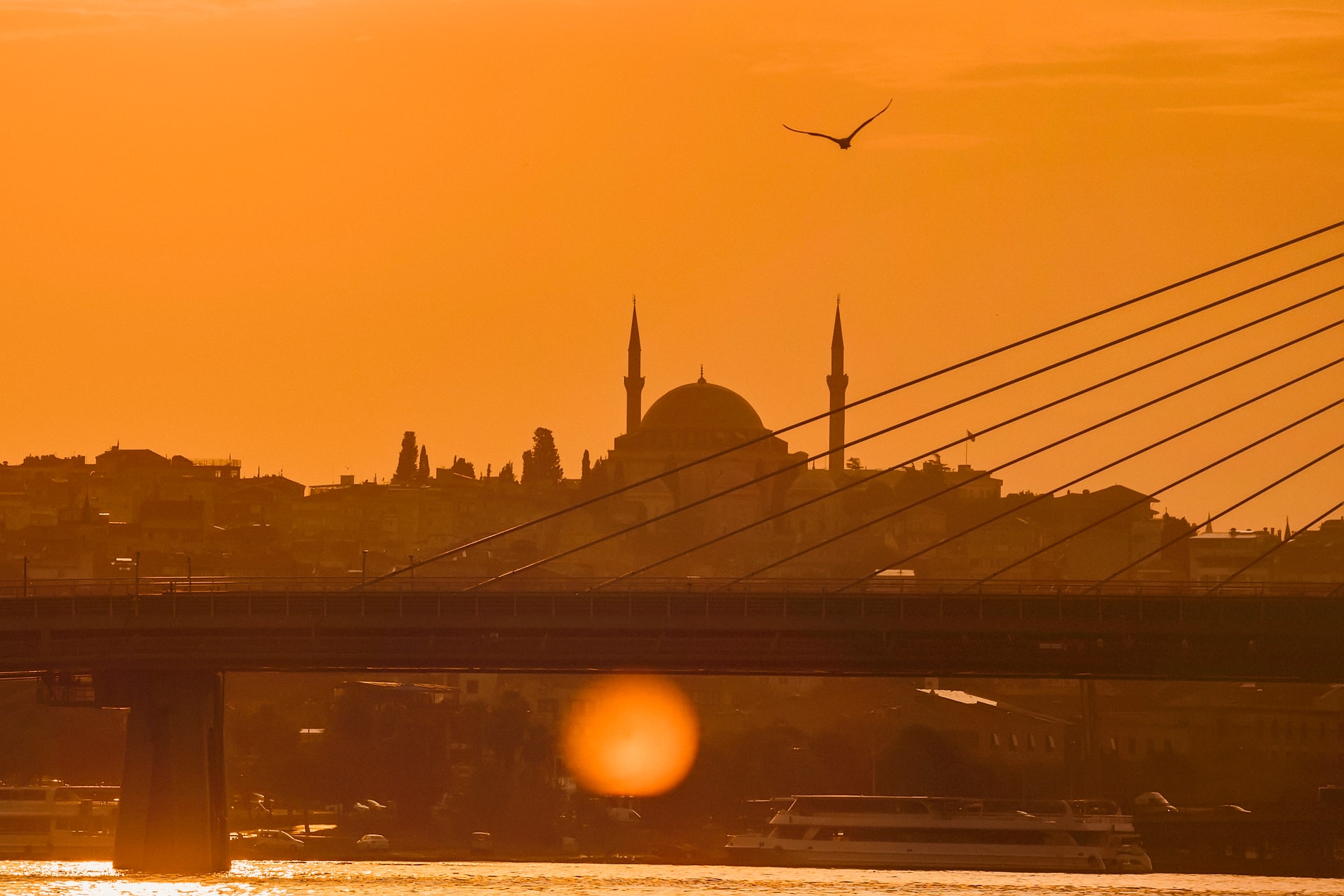
7. The word "turquoise" translates as "Turkish stone". This beautiful mineral came to Europe from the East via Turkey and is one of the oldest gemstones in history. It was first used as an amulet by Turkish soldiers.
8. The national sport of Turkey is oil wrestling. The wrestlers are doused in oil before entering the ring.
9. Turkey is the world's largest producer of hazelnuts. It accounts for about 75% of the world's supply of these nuts. Turkey can therefore be called a "nut republic". It's all down to a very favourable climate: walnut fields stretch along the entire Black Sea coast of Turkey.
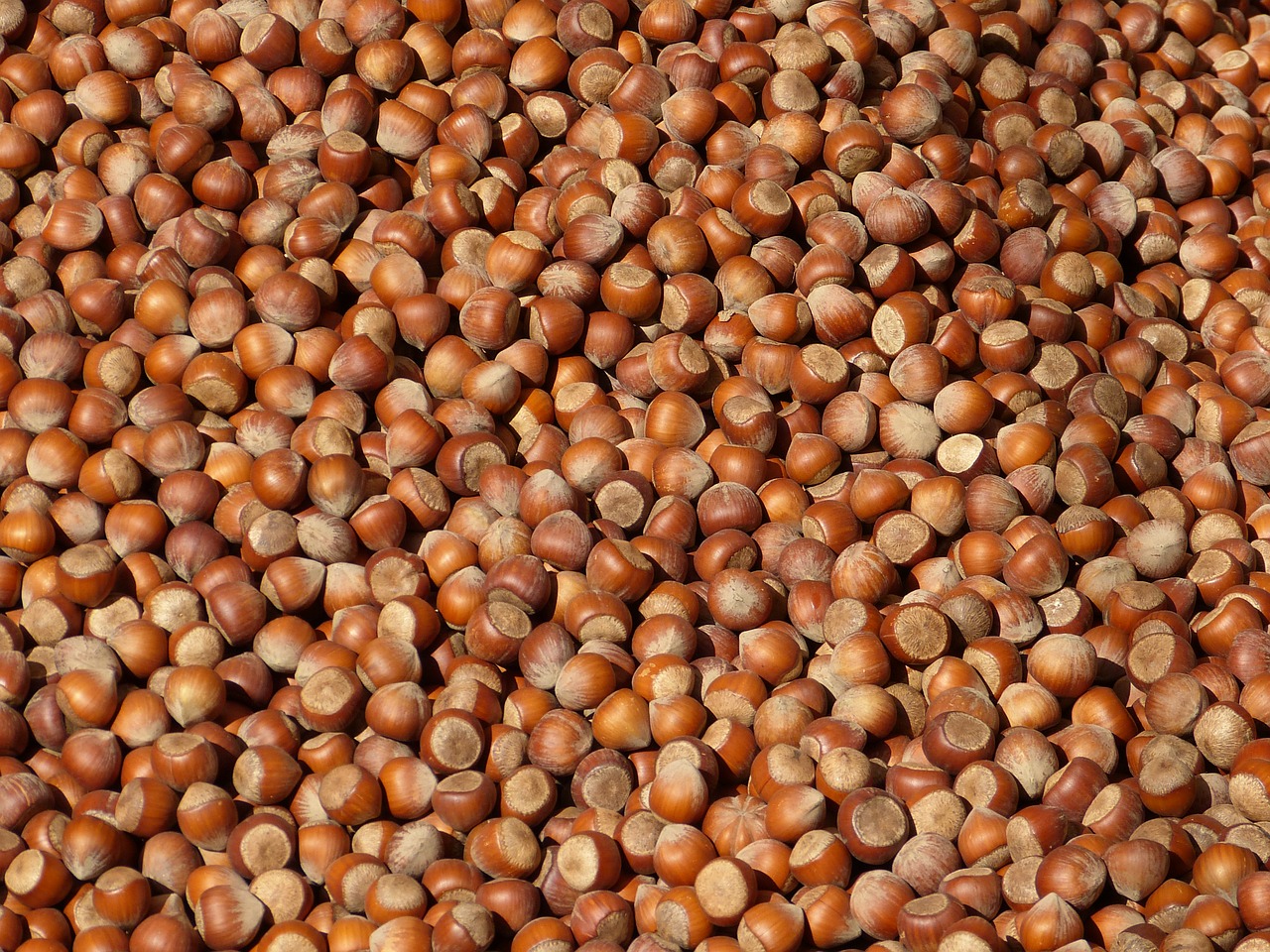
10. Turkey has an impressively developed agricultural sector. Agriculture is the main occupation of the majority of the Turkish population, as almost half of the country consists of agricultural land. Historians believe that many agricultural systems originated in Turkey. With its fertile soil, favourable climate and abundant rainfall for food production, Turkey is one of the few completely self-sufficient countries in the world.
11. Incidentally, historians believe that agriculture as such originated in Turkey more than 11,000 years ago.
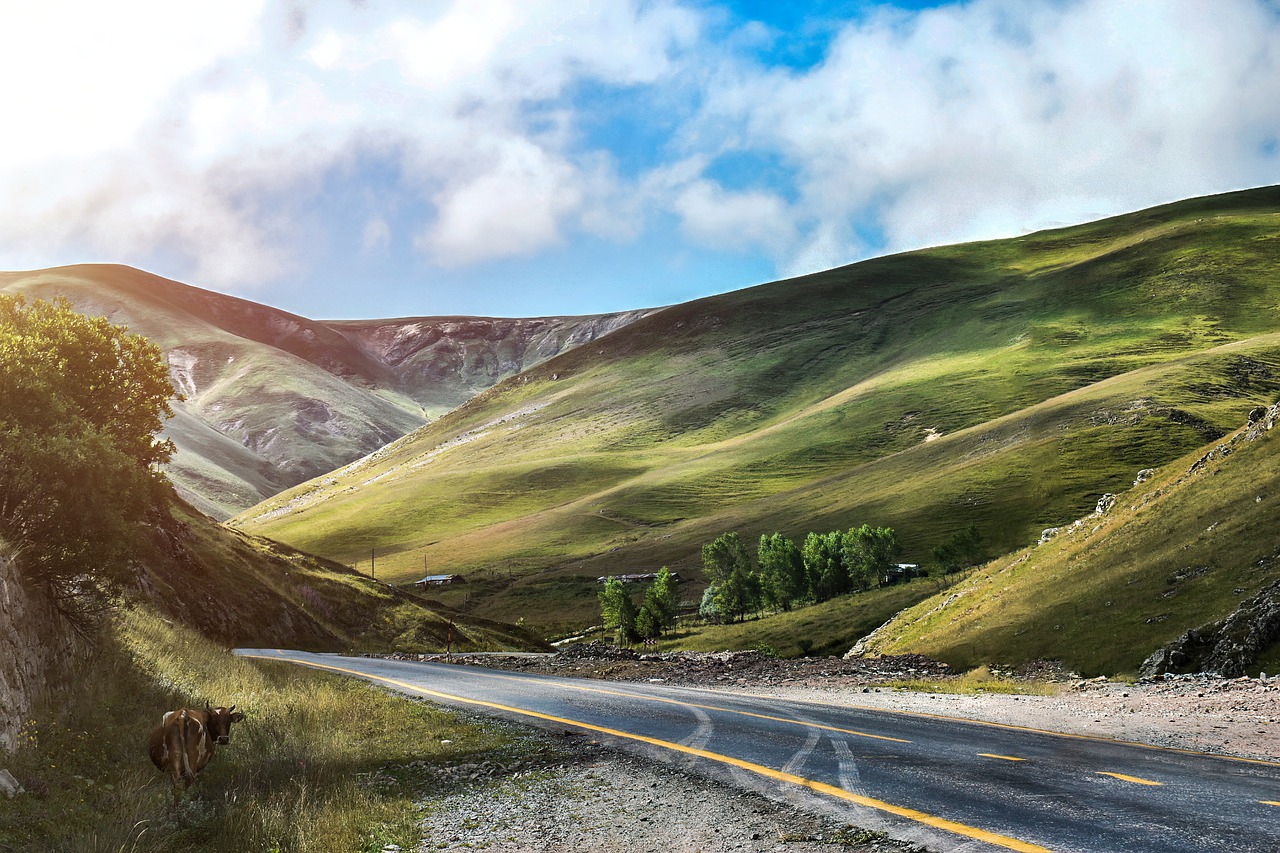
12. There are over 30 ethnic languages in Turkey. Although Turkish is the official language, more than 30 other languages are regularly spoken in the country, including Arabic, Kurmanji and Zazaki, among others.
13. The Evil Eye is the best-selling Turkish souvenir. Locals call it "Nazar boncuğu". The decoration is a stone made of molten glass, iron and copper. According to a 3000 year old tradition, it is worn to protect the wearer from evil forces. It is believed that the blue colour of the stone has the ability to protect against bad energy.
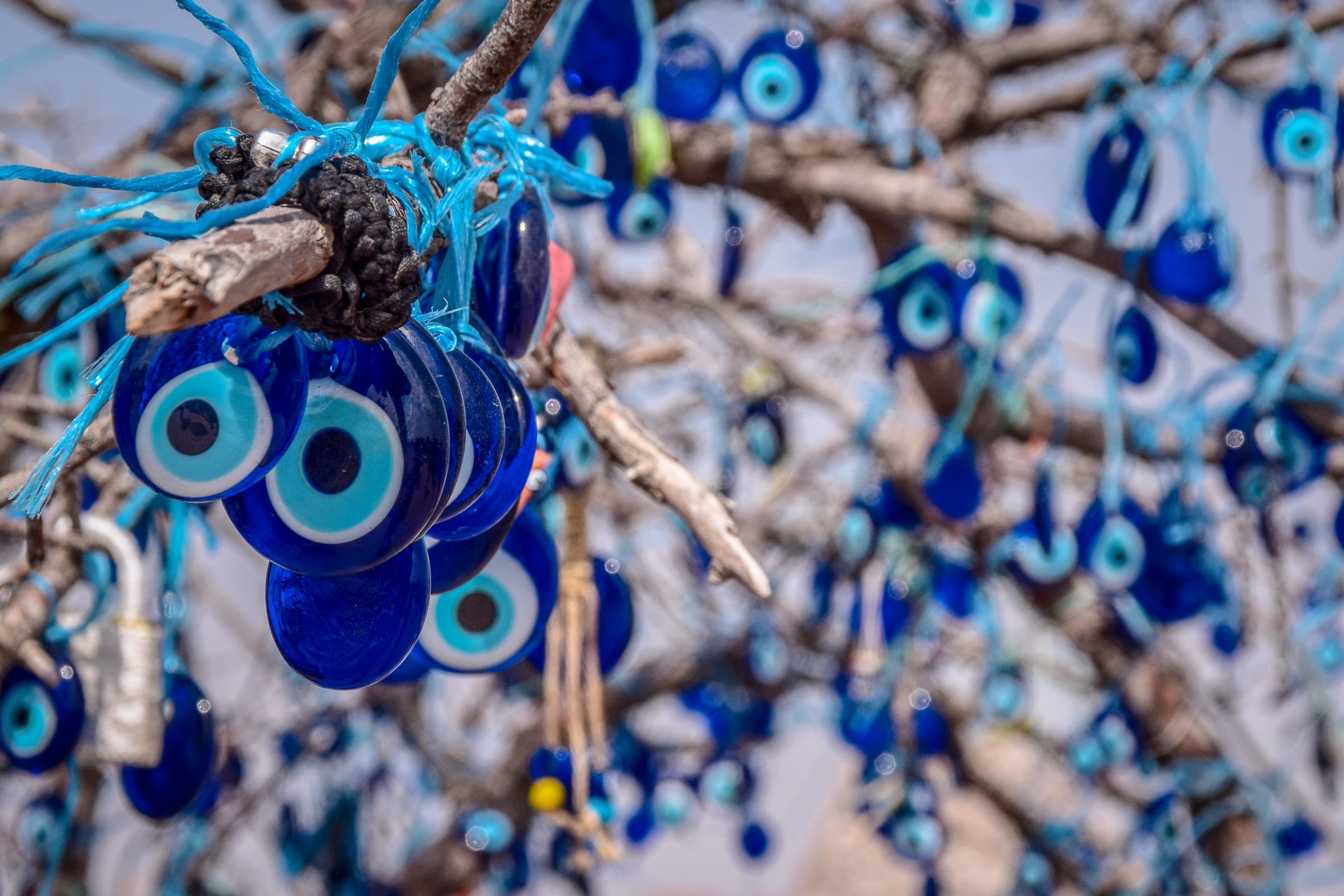
14. The Turks brought coffee to Europe. Although the plant is not widespread in Turkey, it was from here that coffee was brought to Europe in the 16th century, where it became one of the most popular drinks.
15. Turkish women could leave their husbands for coffee. Yes, you read that right. Several hundred years ago, Turkish women had legal grounds for divorce if their husbands failed to provide them with the required amount of coffee. Hmm, so it turns out that only unmarried Turks were coffee traders?
16. Istanbul's Grand Bazaar (Kapalı arşı) is a maze of 64 streets with around 4000 shops. And it all began in the XIV century with several shopping centres ...
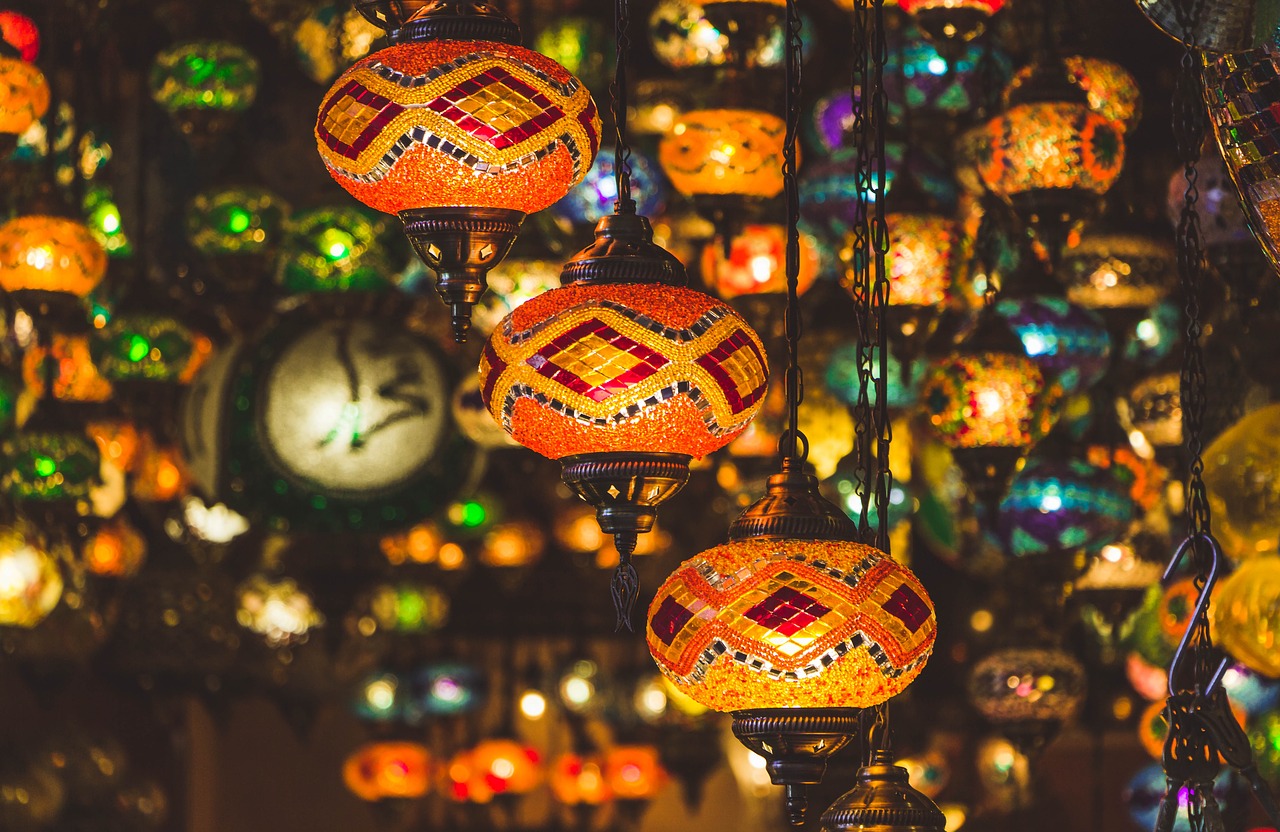
17. Noah was in Turkey. It is believed that Noah's Ark landed on Mount Ararat. It is now one of the country's main attractions and a dormant volcano.
18. The first Christian church was built in Turkey. It is believed that the Grotto of St Peter, located outside Antioch (now Antakya), was founded by a disciple of Jesus - St Peter. This makes it the oldest Christian church in the world.
19. Leonardo da Vinci designed a bridge in Turkey. In 1503, Leonardo da Vinci presented a plan for a bridge over the Golden Horn - the entrance to the Bosphorus that divides Istanbul (then called Constantinople). The bridge was never built, although a few years ago Turkish President Recep Tayyip Erdogan announced that a voluntary project was being planned that would finally make Da Vinci's plans a reality.
20. The Dutch should thank Turkey for tulomania. Tulips were first grown in the Ottoman Empire. The seeds of the now beloved Dutch flowers were first sown there when the Dutch ambassador to Turkey returned to Amsterdam with a consignment of bulbs in the 16th century. The tulip is also the national flower of Turkey.
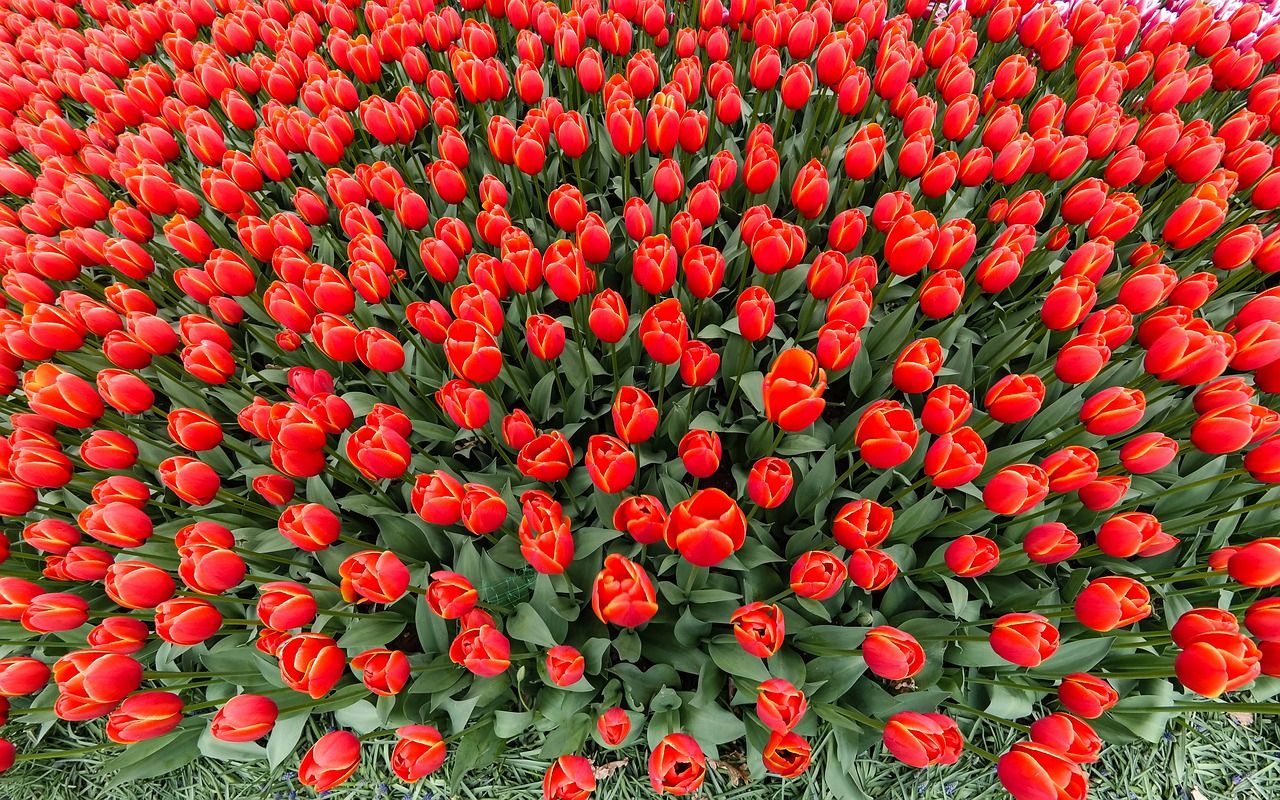
21. And the national animal of Turkey is the grey wolf. Suddenly.
22. Like the Welsh, the Turks have their longest word. It has 70 letters: Muvaffakiyetsizleştiricileştiriveremeyebileceklerimizdenmişsinizcesine, which translates as: "As if you are one of those we cannot easily disarm." This is not a common word - it was invented specifically for the story.
23. In Turkey, you cannot wear a fez - red hats with black tassels. This iconic felt hat originated in the city of Fez in Morocco, hence its name. In the 1920s, Mustafa Kemal Atatürk banned the wearing of fezzes in Turkey because they were seen as a symbol of the Ottoman Empire. This law has not been repealed, although the Turks are unlikely to arrest a tourist for wearing a fez.
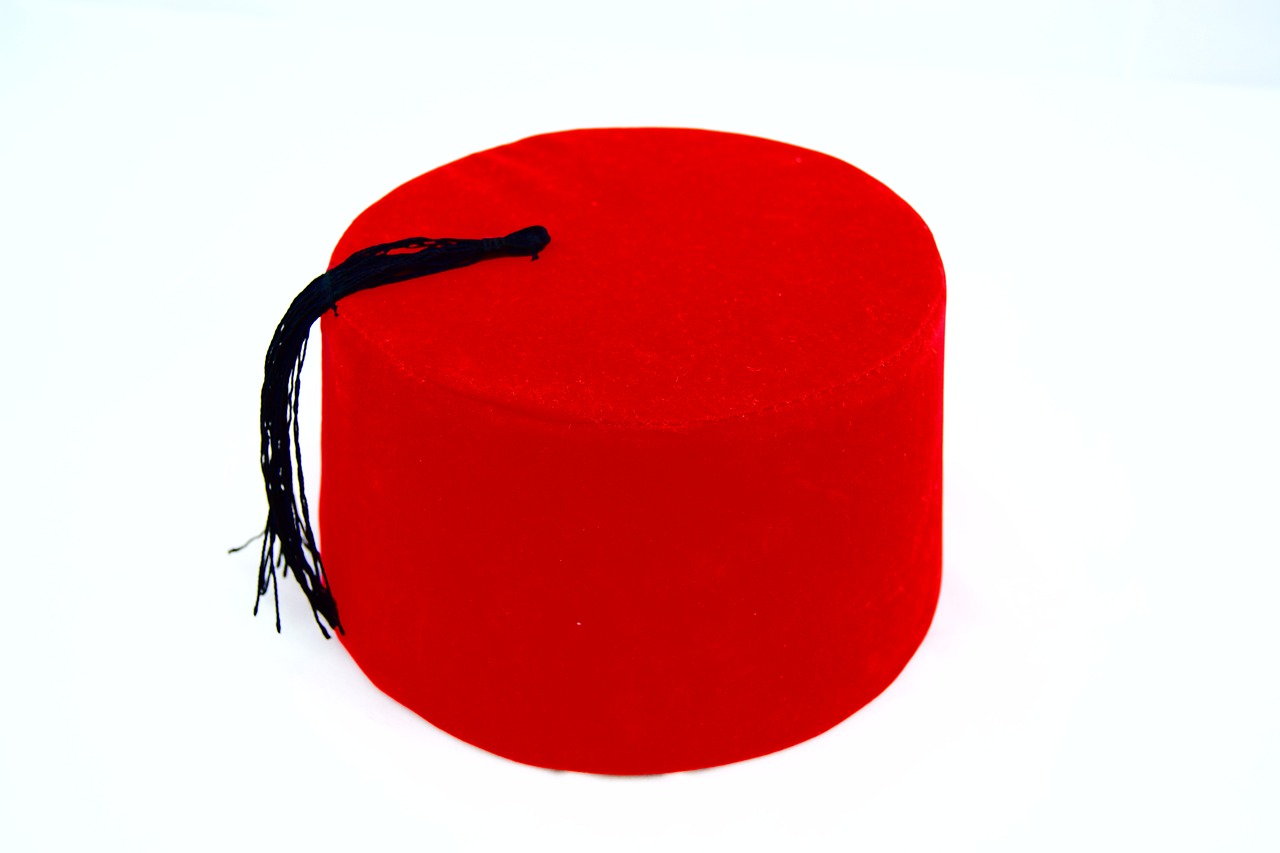
24. Turkey's Tünel funicular is the oldest operating underground railway in continental Europe. Opened in 1875, it connects the districts of Karakoy and Beyoglu and is second in age only to the London Underground, which opened in 1863.
25. Turkey's Black Sea coast stretches for 1175 km. About the same distance from London to Venice.
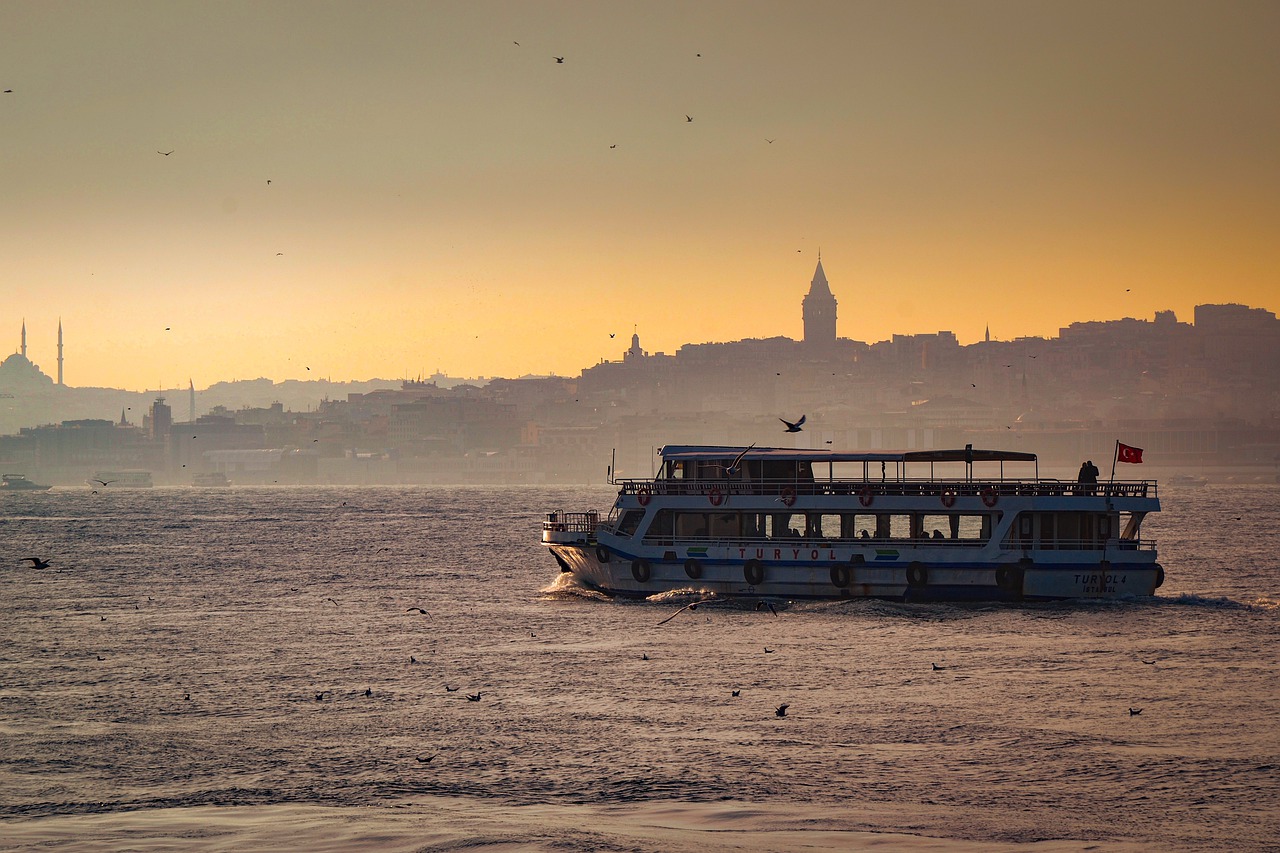
26. The Turks eat three times their own weight in bread every year. And they don't get fat.
27. Most people in Turkey had no surnames until a law was passed in 1934 to give them to all citizens.
28. Camel wrestling is a popular sport in the Aegean region of Turkey.
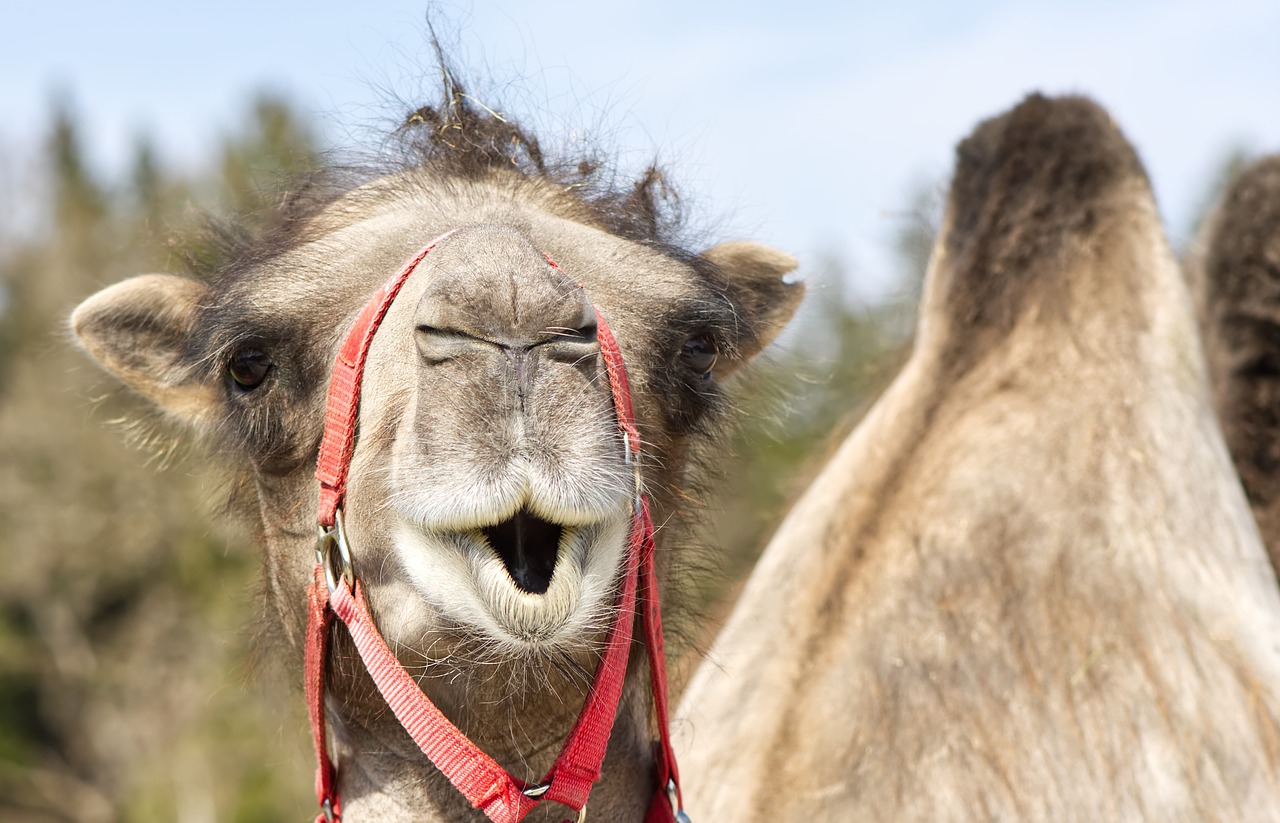
29. The legendary Troy was located on the territory of modern Turkey.
30. You can find chicken in your dessert. The typical Ottoman dessert is tavuk göğsü, chicken breast pudding. It's a strange concoction of boiled chicken, milk and sugar, flavoured with cinnamon. And it's delicious!
31. Don't let the mild coastal climate fool you. Turkey is a country of impressive mountain ranges, and in winter tourists can ski at nearly a dozen resorts. Mount Palandoken, in the eastern province of Erzurum, is the highest mountain in Turkey (3,125 metres) and is home to the longest natural ski slope in Europe.
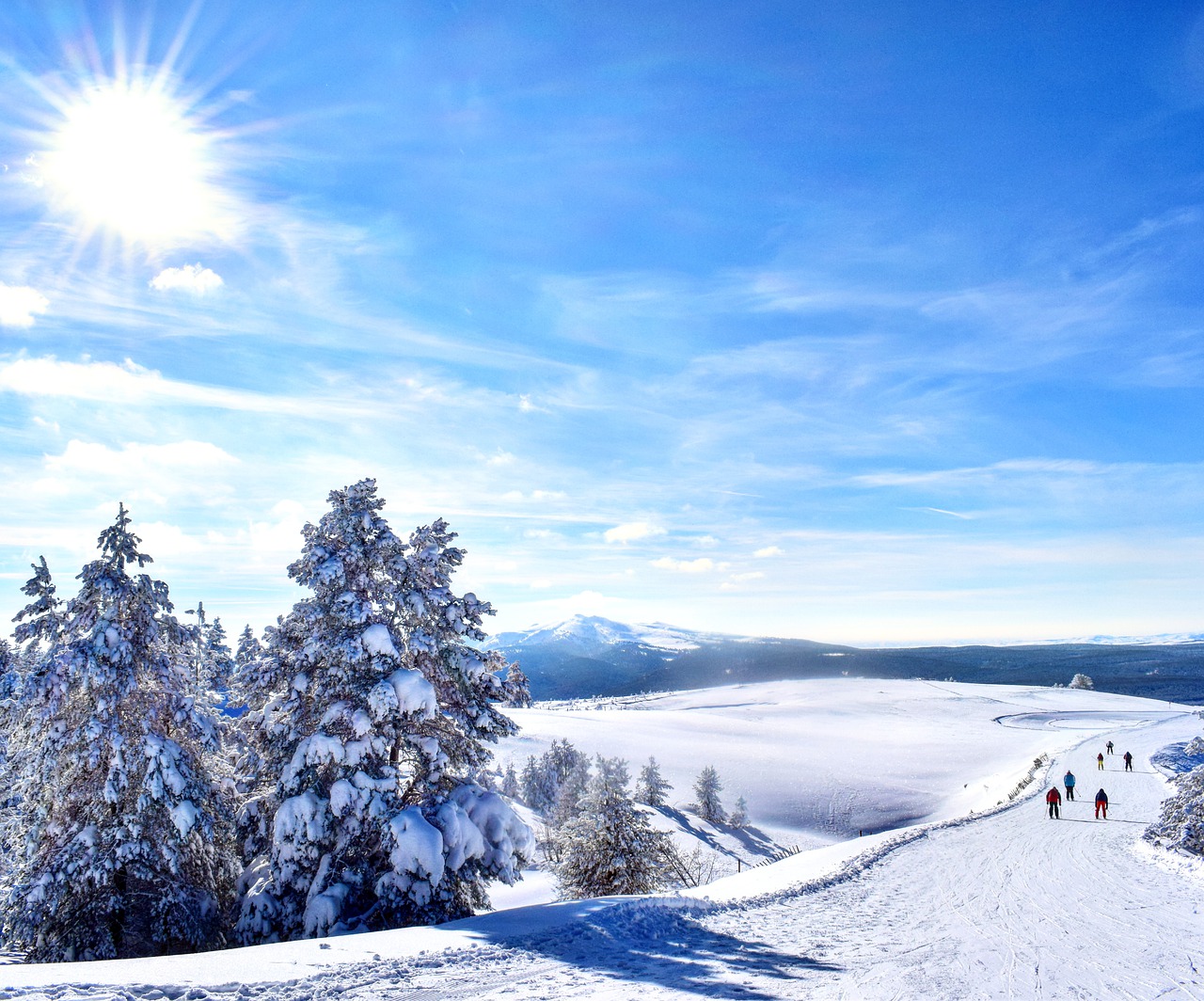
32. Temples were built in Turkey even during the hunter-gatherer period. Until the mid-1990s, it was thought that people did not build large structures until they had mastered agriculture and established permanent settlements. But then the archaeological site of Göbekli Tepe in southern Turkey was discovered, which shows evidence of monumental construction at least 2,000 years before the known date of the beginning of the agricultural revolution. Or maybe they just learned to farm earlier in Turkey?
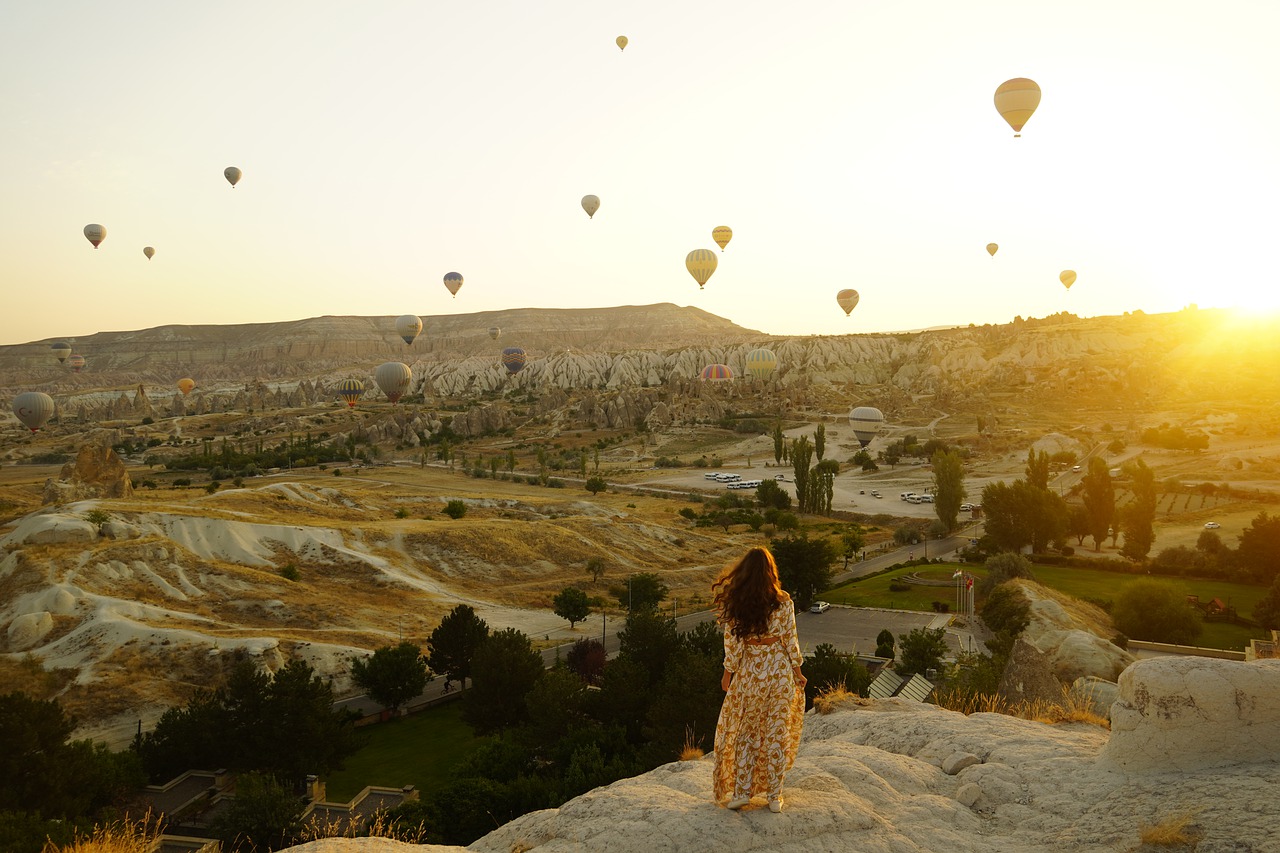
33. Cherries were first introduced to Europe from Turkey.
34. Turkey is home to two of the Seven Wonders of the World. These are the Temple of Artemis in Ephesus and the Mausoleum of Halicarnassus.
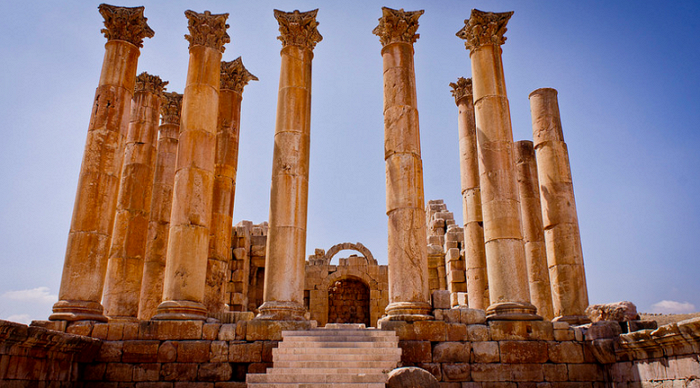
35. The first Neolithic paintings found on the walls of man-made buildings are in Catal Huyuk, in central Turkey.
36. Julius Caesar uttered his famous words: "Veni, Vidi, Vici" ("He came, he saw, he conquered") in Turkey when he defeated Pontus, a formidable kingdom in the Black Sea region.
37. Turkey has Turtle Beach. This is İztuzu Beach, known as a breeding ground for endangered sea turtles. An endangered species of these amphibians swim here from May to October.
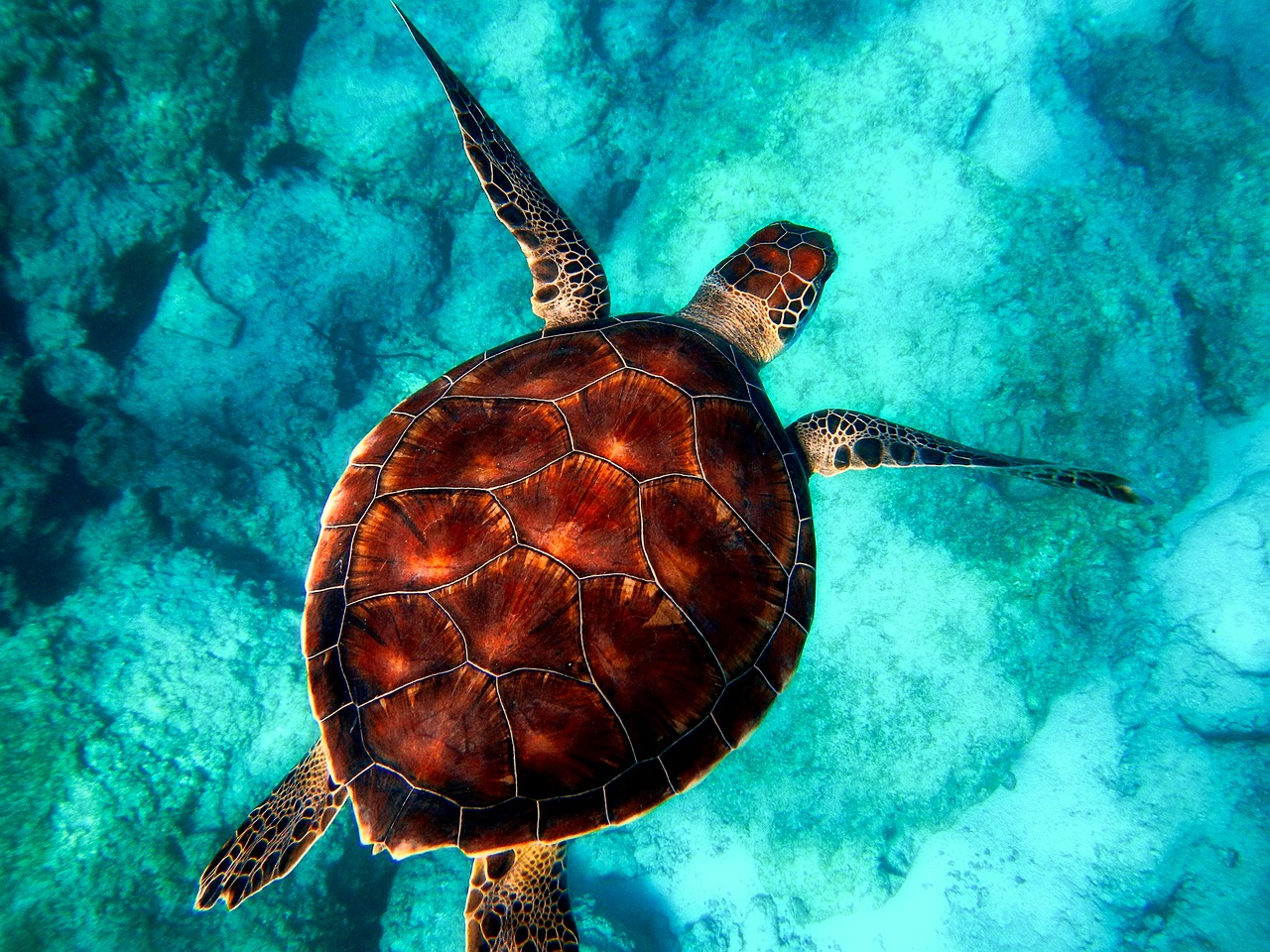
38. "Salting" is one of the strange Turkish customs, because ... children are salted. It is believed that salt should be rubbed all over the body of a newborn child to increase the body's resistance to all kinds of harmful substances.
39. There are 18 UNESCO World Heritage Sites in Turkey.
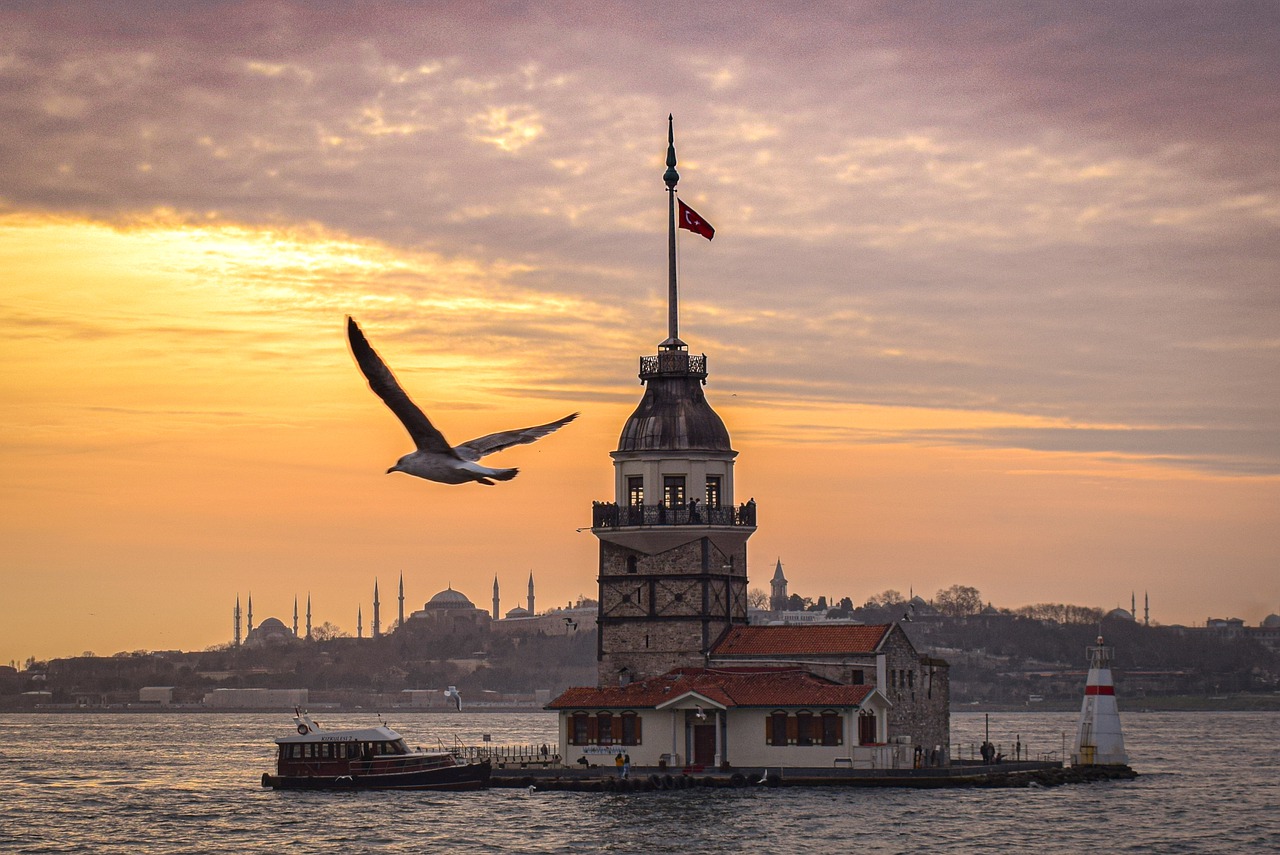
40. Halva is a sweet eaten by Turks to celebrate the birth of a child or to bid farewell to someone on their last journey.
We have made it easy to select and book children's camps. Official prices and discounts from Travel Class.
